 Have you ever stumbled a little over your introduction? I sure have! I vividly remember once I was being introduced, and the person introducing me forgot my name. The nervousness must have been contagious, because when I started to speak, I practically forgot my own name as well. Not an auspicious beginning, right?
Have you ever stumbled a little over your introduction? I sure have! I vividly remember once I was being introduced, and the person introducing me forgot my name. The nervousness must have been contagious, because when I started to speak, I practically forgot my own name as well. Not an auspicious beginning, right?
Introductions are such a great opportunity to step up and make a powerful first impression, and with a little advance thinking, you can ace this important aspect of presenting.
3 Tips for introducing yourself
- Don’t leave it to chance. This part of your presentation is so important that you will want to plan and rehearse it. And if you are uncomfortable speaking about yourself in this way, do your best to get past it. Your audience needs to know a little about you in order to make a connection with you. They also need to know you care about them, which is why I often talk about the audience and their concerns first, ask a few questions, get them engaged, and then tell them about me.
- Add something personal. My goal in my introductions is to connect with the audience. One way to do that is to tell a little story about yourself, as long as you make it brief. One of my favorite stories involves the time I was at a conference and on break I met some participants that would be in a future session. They all glanced at me, and then one person spoke up: “Oh, you’re the presentation lady.” At first I was so impressed that my reputation preceded me, I just smiled. But when no one else smiled, I got it. They knew who I was and they were nervous about the session. I have been able to use the story several times, and it always gets a chuckle. It also reminds me not to get too big-headed.
- Don’t tell all. Instead of going on and on about yourself, think about what you have in common with the audience and then stress that part of your background rather than giving a detailed biography. One of my clients is in the agriculture business, and every time I ask people to introduce themselves, practically every one mentions having grown up on a farm. Now, I was a city kid, so I can’t pretend otherwise, but I can mention the summers I spent on my uncle’s farm. That resonates more than going into great depth about all my credentials and professional background, most of which they could care less about. Having spent some time on a farm creates a personal connection that is more important than degrees or honors.
Introducing yourself is a key component of your presentation, and one that is often overlooked. Do yourself and your audience a big favor; take time to prepare and polish your opening so you can make a great first impression and get your presentation off to a strong start.


